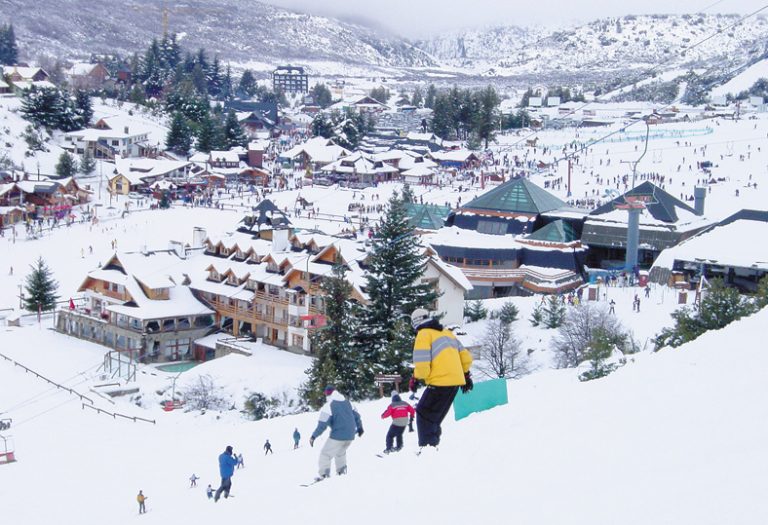When a person becomes fond of practicing skiing, and begins to enter this world that combines sports exercise with the enjoyment of nature in its most majestic side, such as the high-altitude Mountains and valleys covered with snow, they have to learn many things about this sport, of course.

Apart from the same learning to manage skis and not fall, one thing that usually attracts attention is to observe that the tracks and itineraries proposed are marked with different colors and beacons, which at first is not very clear what they are for.
The colors classify the slopes by difficulty levels and have a much defined purpose, and that is why we are going to offer you various information so that you know what the different types of ski slopes are like.
Two types of track
There are two clearly differentiated types of ski slopes. On the one hand, there are the downhill slopes, which are usually found within the grounds or near the ski resort itself, next to the ski lifts and chair lifts to go up to the top of these slopes, which the skiers will then go down.
On the other hand, there are the cross-country trails, with longer routes and without steep slopes, designed to carry out marches equipped with special skis since they are used for resistance routes instead of speed.
Besides, there are the off-piste routes and the itineraries, which can be of any of the two types outlined, but which are outside the ski resorts because they are large, have a level of danger that cannot be controlled by the resorts themselves, They are not suitable for mass or tourist skiing, and they do not even have any type of signage, although the itineraries are signposted, but their characteristics, similar to off-piste routes, mean that they are not intended for novice skiers.
By colors
The slopes are marked by colors, to facilitate the identification of the level of difficulty of each one of them by the visitors of a ski resort, and thus each person chooses the one that best suits their abilities and skills.
Green
The slopes marked with the green color are the easiest to travel, they have a slight slope -between 10 and 15 percent-, and they are at the lowest levels of the ski resort, they are the shortest, normally less than 500 meters long, they are more sheltered from inclement weather that may occur, such as snow or wind, and the lifts on them are special for beginners, slower so that even the most novice users or those in worse physical conditions are not intimidated for its rattle. These slopes are ideal for those who are new to snow sports.
Blues
They are also easy slopes and intended for skiers with a medium-low skill level, although they have steeper slopes than the green slopes and are the next level of difficulty in skiing. These slopes are not for learning, because all kinds of skiers and snowboarders pass through them, of all levels, and the lifts are already normal, without facilities for beginners. But they do not have too much unevenness and are usually wide, on flat terrain and without major changes in elevation or “bumps” -various obstacles.
Red
These are already very difficult slopes, they are for skiers and athletes of a medium-high level, with experience in the snow, since they can even have slopes of 40% and high speeds can be reached on them that imply a certain danger for those who they are starting out in skiing and other snow sports. Here you can already find major elevation changes, narrow passing areas and potholes and obstacles.
Black
The slopes with black signage are very difficult slopes for beginners, they are only for experienced skiers and surfers of a high-very high level, as they have enormous slopes that can exceed 50%, with very narrow steps for which it is necessary a great dexterity to execute very technical turns at points without much space. They are the most beautiful slopes, since they are at the highest levels of the ski resort territory, there are no crowds of users and they have large slopes that favor spectacular views for those who reach them.
Purple
These tracks are even more difficult than the black ones, to the point that they are only found in some stations and in many cases there is only one of these characteristics. They are intended for professional or sports skiers with the highest ability and experience.
Orange
The itineraries are marked with this color, but it must be remembered that they are routes proposed by the ski resort, but that they have not been reviewed by its technicians and for which it is not responsible for their condition or their dangerousness.

















